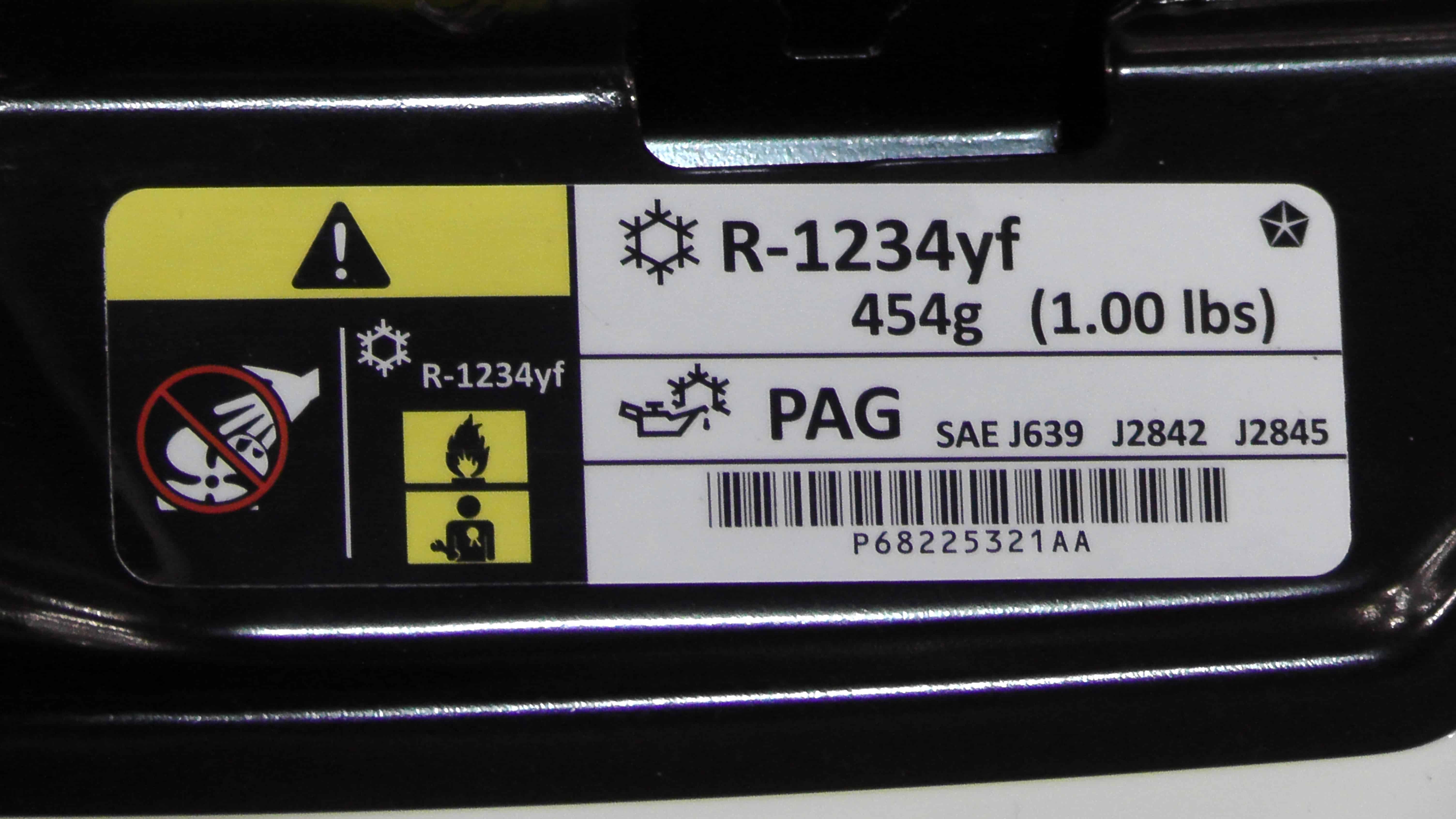HFO-1234yf : Specific safety procedures
Many technicians have questions regarding the new refrigerant HFO-1234yf.
The best way to answer your questions is to take the Section 609 certification test using the new program updated in January 2015. It contains the newest information on handling HFO-1234yf for example:
Besides the following all of the general safety procedures, HFO-1234yf has additional SPECIFIC safety requirements. To work safely with this chemical, a technician must know and follow these procedures.
HFO-1234yf is classed by ASHRAE as A2L – Mildly Flammable. It can ignite under certain circumstances. Always follow these steps before working with this chemical:
A. Insure good ventilation in the work area and do not allow the refrigerant to pool in or under the vehicle, or in any low area such as a stairwell or pit. Keep car doors and windows open when charging the A/C system to prevent an accumulation of refrigerant in case of a major refrigerant leak.
B. Remove ALL sources of sparks, flame or high heat from the immediate work area. This may include non-A/C related equipment such as grinders, welders, dryers and similar equipment. Some common shop tools contain electric motors or switches which spark internally; move this equipment to a safer area. Remember also that a vehicle’s ignition system can produce external sparks under some conditions – take great care to prevent arcing and accidental grounding of electrical circuits.
C. Use LED work lights to prevent the risk of a broken bulb in the work area.
D. Do not smoke or permit smoking anywhere in or near the work area.
E. Keep well-maintained fire extinguishers in the work area and know how to use them.
2. Avoid contact with liquid or gaseous refrigerant. Always wear personal protective equipment (PPE) during ser- vice, particularly goggles with side panels, and gloves (impermeable to refrigerant). Exposure of the skin to refrigerant may result in frostbite, in which case rub the affected area with lukewarm water. A physician shall be consulted immediately regarding the affected skin areas.
A. A physician shall be consulted immediately in the event of complaints following exposure to high refriger- ant concentrations. Complaint symptoms may include: Increased breathing rate, breathlessness, headache, accelerated pulse, dizzines
3. Do not store refrigerant tanks in low areas such as basements or stairwells and do not transport tanks without securing them.
4. If the vehicle uses hybrid or all-electric propulsion, follow the correct procedure to de-activate the high volt- age electrical system before beginning repairs. Note that these de-activation procedures may require additional personal protective equipment.
5. Prevent accidental release and exposure to refrigerant — only connect service equipment when high-side pres- sures have decreased, usually after the engine and compressor have been off for three minutes or mor
6. Do not allow anyone under the vehicle while recharging the system. Unexpected refrigerant leakage or a sudden release of the pressure valve will pool refrigerant near the ground. Always maintain good ventilation in the work area.
7. HFO-1234yf may only be used in systems specifically designed for it. Do not use this refrigerant in older cars, and do not use different refrigerants in a car designed for HFO-1234yf.
8.Each machine or device used to service a system with HFO-1234yf must be designed and approved for use with a flammable gas. Do not attempt to use equipment designed for other refrigerants on this system.
9. Read the label on the vehicle and know the correct amount of refrigerant to return into the system after evacuation.
10. Order the correct repair parts. Evaporators for HFO-1234yf systems are not the same as those used with HFC-134a, and other system components may be different as well.
11. You are responsible for the work you perform. Do not put your customers at risk with faulty, incorrect or quick- fix repairs.
If you’re a service professional and not a MACS member yet, you should be!
Become a member and receive a monthly technical newsletter with information like what you’ve just read in this blog post visit http://bit.ly/10zvMYg for more information.
You can E-mail us at macsworldwide@macsw.org .
To locate a Mobile Air Conditioning Society member repair shop in your area.
Click here to find out more about your car’s mobile A/C and engine cooling system.
Mobile A/C professionals should plan to attend MACS 2017 Training Event and Trade Show, February 15-18 at the Anaheim Marriott in Anaheim, CA.
Click here to see MACS current public training schedule.
The MACS website is located at www.macsw.org

